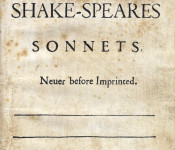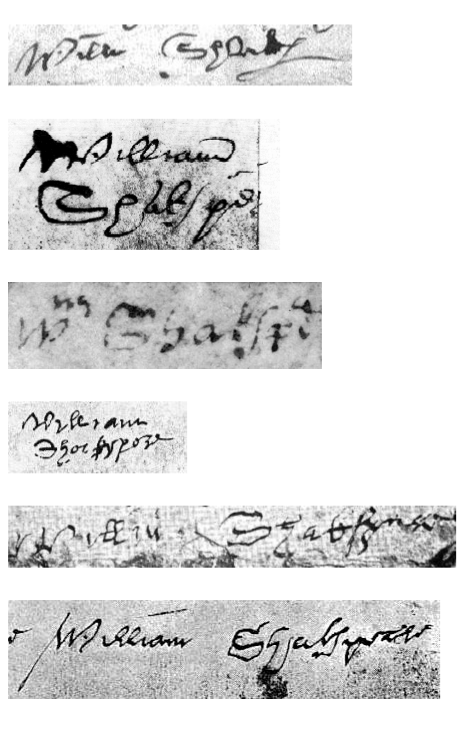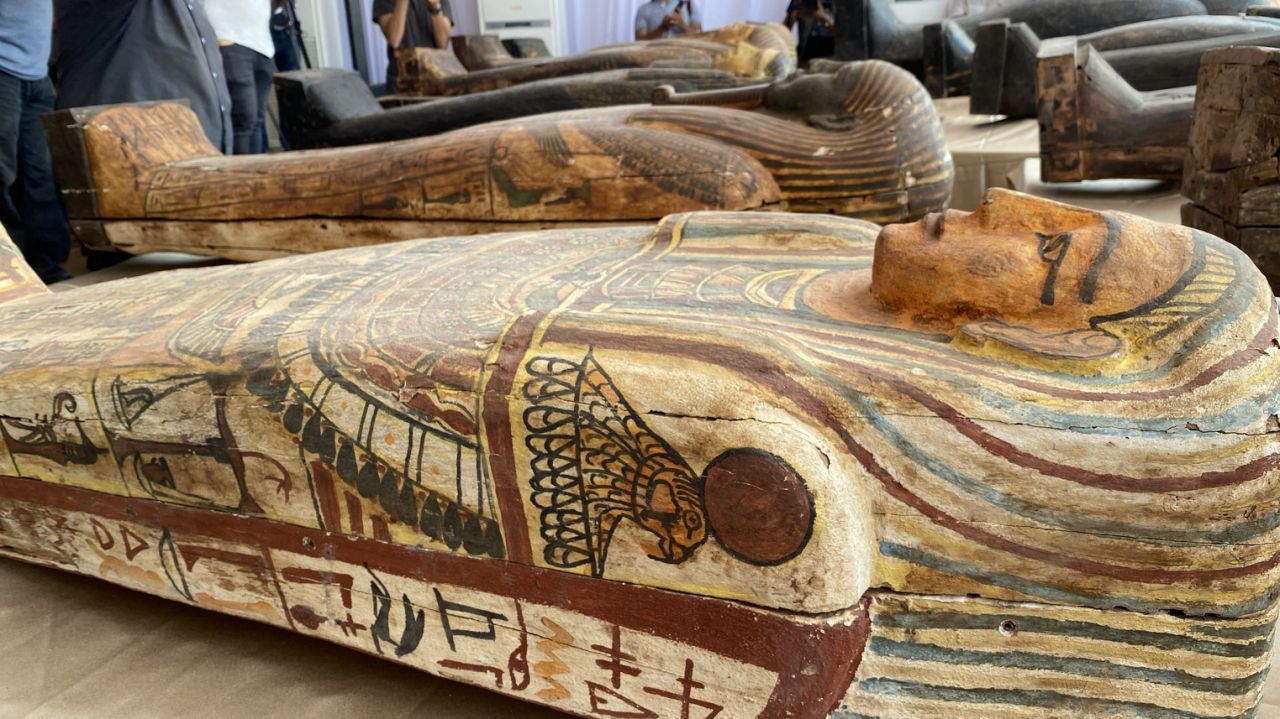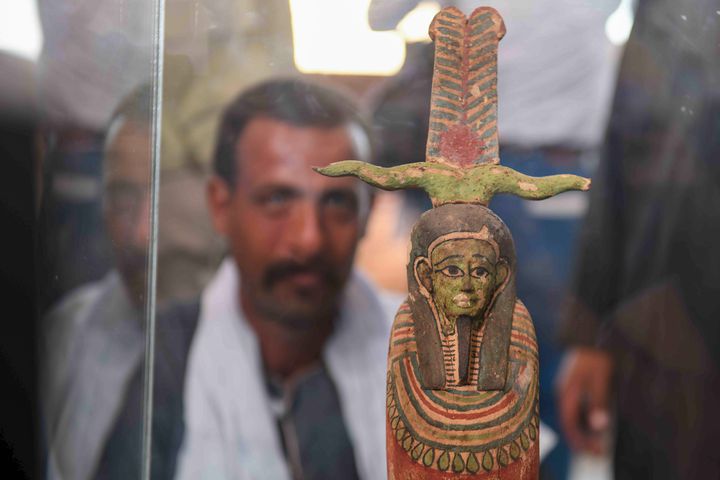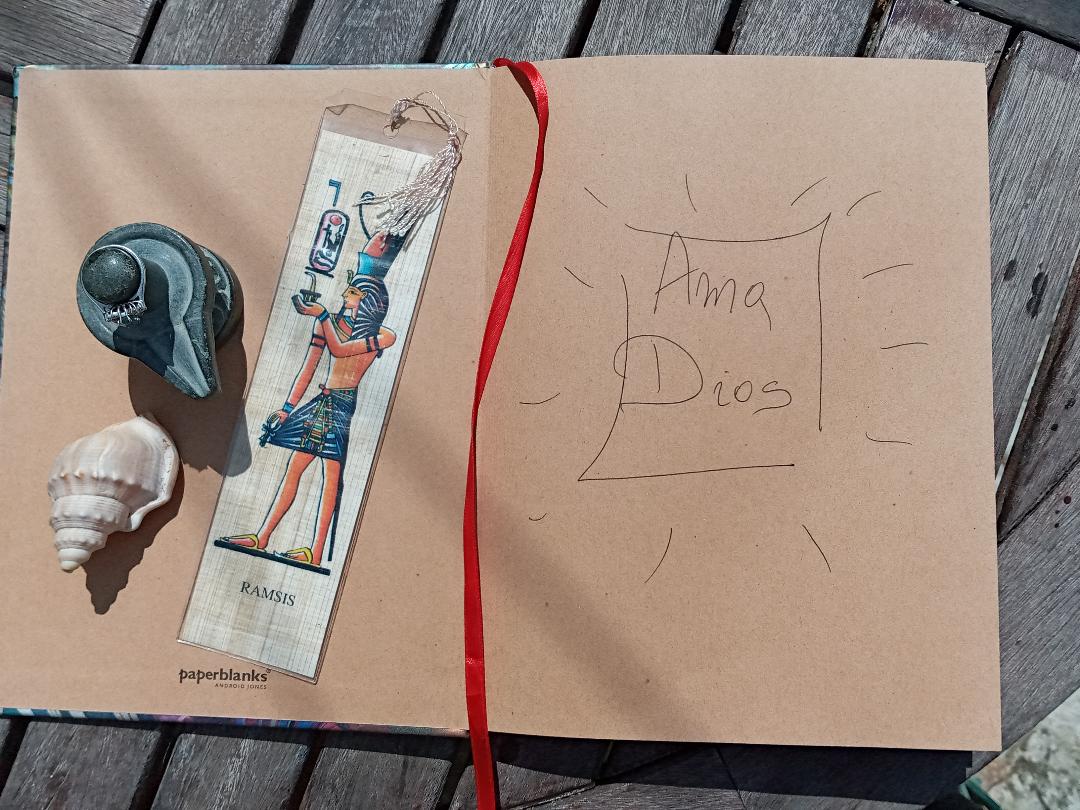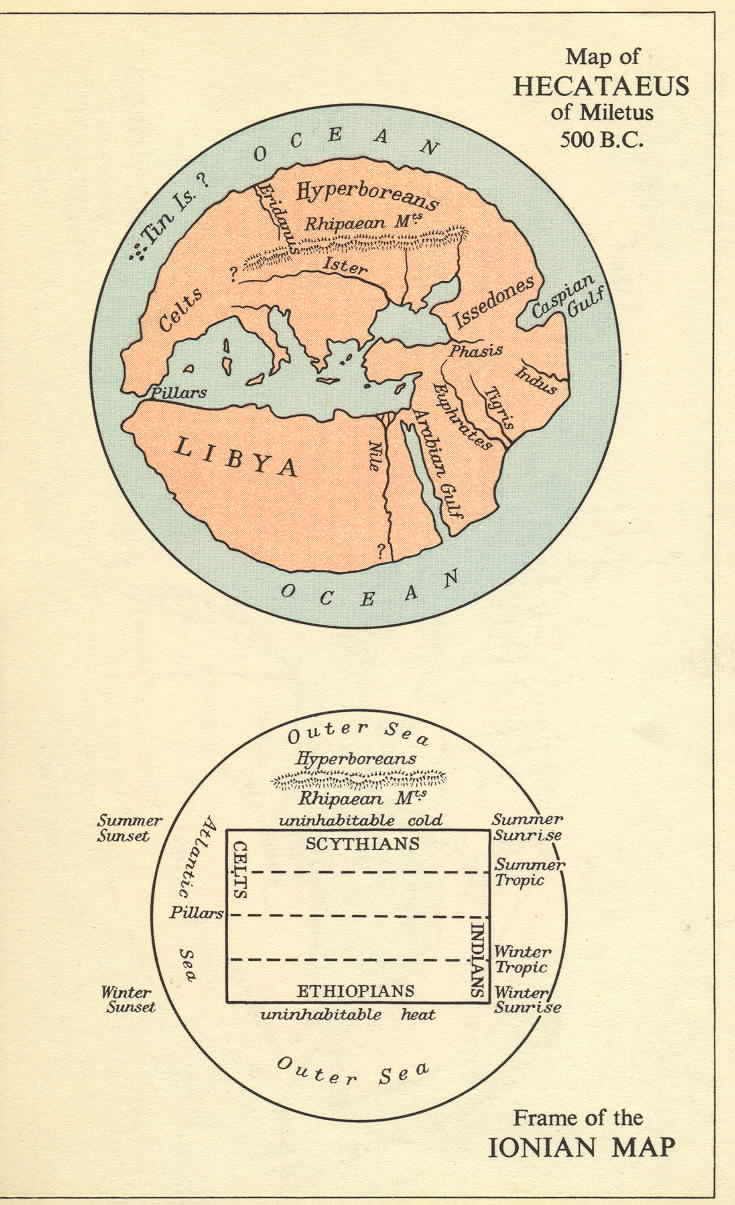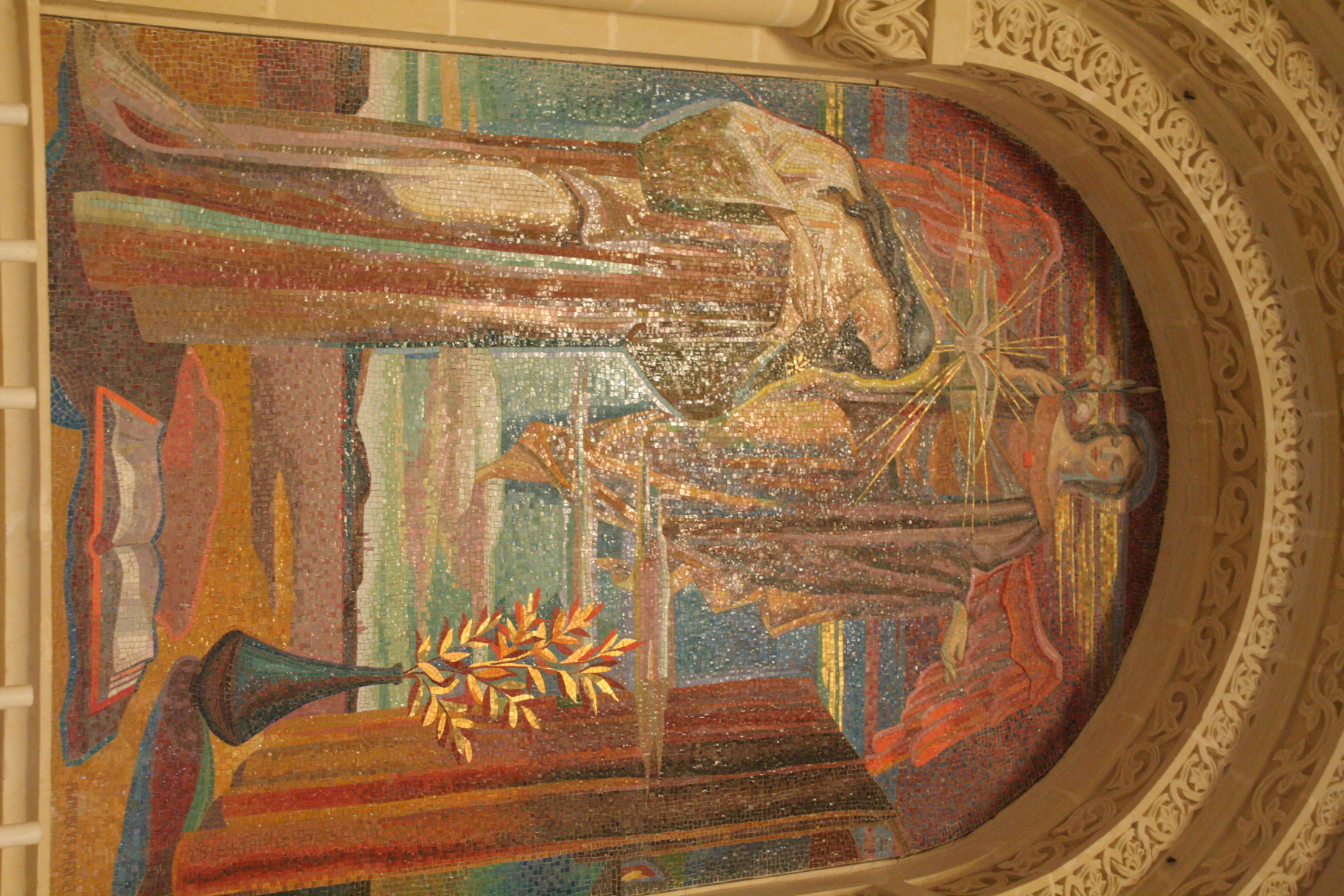What do we really know about Shakespeare?
Thursday 04 March 2021 at 11:09 am
Learning from the Imperial Elizabethan England about mind-manipulation, art, and Shakespeare's cultural heritage
by Nataša Pantović
Was "the Stratford man" a front for a powerful literary group of writers that included the English contemporary writers, Bacon, and Marlowe, etc. used by the Queen Elizabeth and her predecessors for their political marketing, and why does this matter today?
No letters or signed manuscripts written by Shakespeare survive. The appearance of Shakespeare's six authenticated signatures, indicate that he was illiterate or barely literate.
Shakespeare's six authenticated signatures
So when you read Lady Macbeth’s “Come, you spirits / That tend on mortal thoughts, unsex me here,” during your 10th grade English class, or: “Make thick my blood, Stop up th’ access and passage to remorse.” do you ever wonder, is this how it was originally written?
Shakespeare's authorship was first questioned in the middle of the 19th century by Joseph C. Hart in “The Romance of Yachting” (1848). Hart argued that the plays were written by many different authors. Shakespeare has never overseen the publication of his plays in his retirement. So controversial, by 1884, the question had produced more than 250 books.
Now if the Imperial Elizabethan England and its predecessors had managed to sell us, researchers, scholars, and history and book lovers, an illiterate poet for the most supreme world’s writer, that tells us all about how powerful and unbreakable the political marketing machine is, but also how good the writer was, so we were all both hypnotised by his most amazing insights into human nature, and his work that was distributed all around the Globe. Let me tell you more…
Read more
Learning from Ptah the supreme God of Memphis
Tuesday 17 November 2020 at 3:18 pm
The largest archaeological find of 2020 in Egypt
The colourful, sealed Sarcophagi were buried in 320 BC in what is known as "Saqqara" - an ancient Egyptian burial site.
Discoveries just beginning. The 140 painted wooden sarcophagi and gilded statues unearthed in Saqqara are just the beginning, says Egypt's Minister of Antiquities: "Whenever we empty a burial shaft of sarcophagi we find an entrance to another."
2,500 years old, 500 BC tomb discovered in Nov 2020 ancient Egypt archeology
It is almost a miracle how intact these mummies are! Egypt unveiled on Saturday November 14, a hundred sarcophagi over 2,000 years old in perfect condition, discovered south of Cairo, the largest "treasure" unearthed in the country since the beginning of this year.
The hundred fourth sarcophagi were discovered in three funeral pits, 12 meters deep. "The excavations are still in progress. As soon as we empty a funeral shaft with sarcophagi, we discover another", added the Minister Khaled el-Enani.
One of many statues 300 BC ancient Egypt ancient statues 2,500 years old
Read more
Friday 30 October 2020 at 11:00 pm
Did you know that Ancient Greek and Egyptian Philosophers (700 BC - 200 AC) used numbers or symbols to express philosophical concepts?
Creating a language of symbols, our ancestors related to Gods.
A mathematical statement would, for example, express God as omnipotent and omnipresent, a spiral and its indefinite Pi.
Conversing with my bi-lingual highly educated daughter *she has read at least 500 English books, and lives in a tri-lingual environment (English, Maltese and Serbian – now imagine this!), speaking in Serbian (that is Slavic), I have narrated to her a brief debated encounter I had listened to last eve. The discussion was between “Popa (a Priest)” and “Humanist (a Philosophical movement)”, she was next to me repeating the same words in English “a Pope” and “someone who gives a humanitarian help”. Totally lost in translation between a fifty-two year old and a teenager, jogging alongside a path. She just could not understand why I would make a fuss about “a Priest” in her mind becoming “a Pope” and so on.
The Ancient Greek Herodotus Ἡρόδοτος 484 BC – 425 BC (H-R-DATOS) was a King's historian, born into a wealthy parents in the city now located in Turkey. When he was nine, his father sent him to Constantinople to be educated, not "abondoned" him. A similar story we hear of Ovid who has written his Poem Metamorphosis (40 AD) while he was exiled from Rome, where he was educated. The life expectancy was 38, so the peak of their creative activity, if they are paid by Kings, would have been around 20, by 30 they would have been married and with kids, contemplating other things.
Fragment from the Herodotus Histories Papyrus 200 AC
Another historian of this time, Nicolaus had repeated exactly (word by word) the same story within his, and his King’s (Caesar’s) Biography. Repeating “already written” stories and myths, in twenty-one books, so some of it may stay for posterity.
Kings were often called by the same name, a bit like, you always pay your tax to “Henry”, so not to get confused or to “Elizabeth”. The "Dalai-Lama" was an incarnate of Dalai-Lama. The famous Indian BabaJi, lived for 1,000s of year, always re-asserting his appearance to various spiritual disciples. When in India, various Guru’s re-assured me that he did re-appear, of course, in dreams and meditative experiences, to the chosen few. This is why an Egyptian King lives for many hundred of years. A practice known from all over the world.
The items always found in the ancient tombs are the ancient Egyptian funerary texts
The text found in ancient tumbs incorporates the ancient Egyptian Book of the Dead. As early as 3000 BC, the Royal pyramids contained the Pyramid Texts.
The Ancient Egyptian Negative Confessions written on Temple walls and burial texts were "I have not stolen...", "I have not killed", etc., a letter written to Gods, engraved on Temples walls and prepared as Papyruses 2,000 BC and were equal to "Thou shalt not", the Ten Commandments of Jewish and Christian ethics, later perceived as divine revelation. The Negative Confession was accompanied by a list of protective sounds and symbols that kept souls safe from demons.
The following is the map of the World according to Hecataeus of Miletus 550 BC.
Map of the World according to Hecataeus of Miletus 550 BC 476 BC
With so many destroyed books, what we, as researchers of ancient wisdom, are finding are relatively recent archeological finds, written as records of various 19th or early 20th century archeologists. Researching the originals in Ancient Greek or Ancient Egyptian does take us to Babylon, its culture, its rituals, its science.
Read more
Cathars, Bogumili, Templars of Mediterranean Europe and Balkans
Thursday 08 October 2020 at 3:14 pm
Cathars or καθαρός Ancient Greek “pure ones”
As Egyptian and Ancient Greeks, καθαρός recognised that an Omnipotent indescribable God manifests in male and female divine forces. The female aspect of God is Sophia, “wisdom”. As Pythagoreans, or the founders of Orphism, they believed in Metempsychosis (Reincarnation) – a soul is reborn until it renounces the world. Cosmic Duality with its Chinese Taoist Yin and Yang forces, that are in a constant opposition, is in the centre of their teachings. The purpose of life is re-union with god.
Ta' Pino Church Gozo Malta, Maria Christian Goddess Malta
Female Divinity and Cathars
The orthodox view that there is one God with three aspects – Father, Son, and Holy Ghost is with us from Ancient Egypt.
It is interesting that the Bogomils, the Cathars, the Templars were the same. Apparently, the καθαρός family names from the Inquisition documents are the same as the names of Templars that has its founder in the Priory of Sion. On the 13th October 1307, by the order of the King, all across France, all the Templars were executed.
Bogomil (Cyrillic: Богомил, also Bogumił in Polish, Bohumil in Czech and Slovak) is a Bulgarian given name composed of the Slavic words 'bog' (god) and 'mil' (dear) and means 'Dear to God'. The sound change of 'g' > 'h' occurred in Ukrainian, Belarusian, Czech and Slovak.
The name refers to: Bogomil (a priest), medieval Bulgarian monk, Saint Bogumilus who died in 1182, a founder of the Gnostic sect known as Bogomilism in the area of Balkans that hosts ancient cultures and civilizations as early as 6,500 BC. The Balkans gave the Greeks, the Orphean and Dionysian cults.
Some of the καθαρός poetry and symbols insinuate that the feminine principle of divine, Sophia, goddess, Knowledge, or Writing, has been abducted by the Catholic Church and is in a need of rescue.
Arhandjeo Gavirlo 14th century Hilandar Museum Christian Orthodox Icon
Read more
Ba of Sha or Soul of Isis
Saturday 29 August 2020 at 6:46 pm
Goddess Bastet (in Slavic BeŠTija) and the Egyptian Sacred City of Cats
The Temple of Bastet was built in 2950 BC at Sakkara, Alexandria, at Bubastis.
A goddess that had a cat as a symbol, represented by the sounds “Ba” and “Sha” was worshiped for thousands of years in ancient Egypt. The Ancient Egyptian: bꜣstjt, in Slavic BeŠTija, in Coptic: Ⲟⲩⲃⲁⲥⲧⲉ/ubastə/ was an angry Goddess.
The three papyri of the 200 BC tell us of a story of the daughter of Ra, living as a mighty lioness at south of Egypt in the glowing desert heat. She is a beast, not a benevolent Goddess, an angry lioness. To please her, the worshipers use the form of a baboon (unpolite and rude humans) and music, dance and alcohol.
A bronze statue the cat wears golden earrings and nose-ring and a silver wedjat (Eye of Horus). Around 600 BC from Saqqara, Egypt in The British Museum, London.
In the 18th century, the French scholars who accompanied Napoleon on his 1798 expedition to Egypt, located the temple in Cairo, known as Tell Basta with its city Bastet.
In 1906 while building a railroad, workmen hit on a treasure buried near the remains of the temple. The treasures of great value had a golden cup sculpted to resemble lotus petals bearing the name of the 1200 BC queen Tawosret (Ta-X-os-ReT) who was the queen of Egypt during the Trojan War. Scholars believe that the queen Alcandra (aleXandra) mentioned in Homer’s Odyssey was Tawosret.
Did you know that Ancient Egyptians used to have “tatoos” of symbols of Gods tatooed on their bodies?
Bꜣstjt or BeŠTiJa was within Greece worshipped as Artemis, Ba of Sha means a Soul of ISiS (Sha) with the addition of the second 'T' to denote the feminine.
Read more
